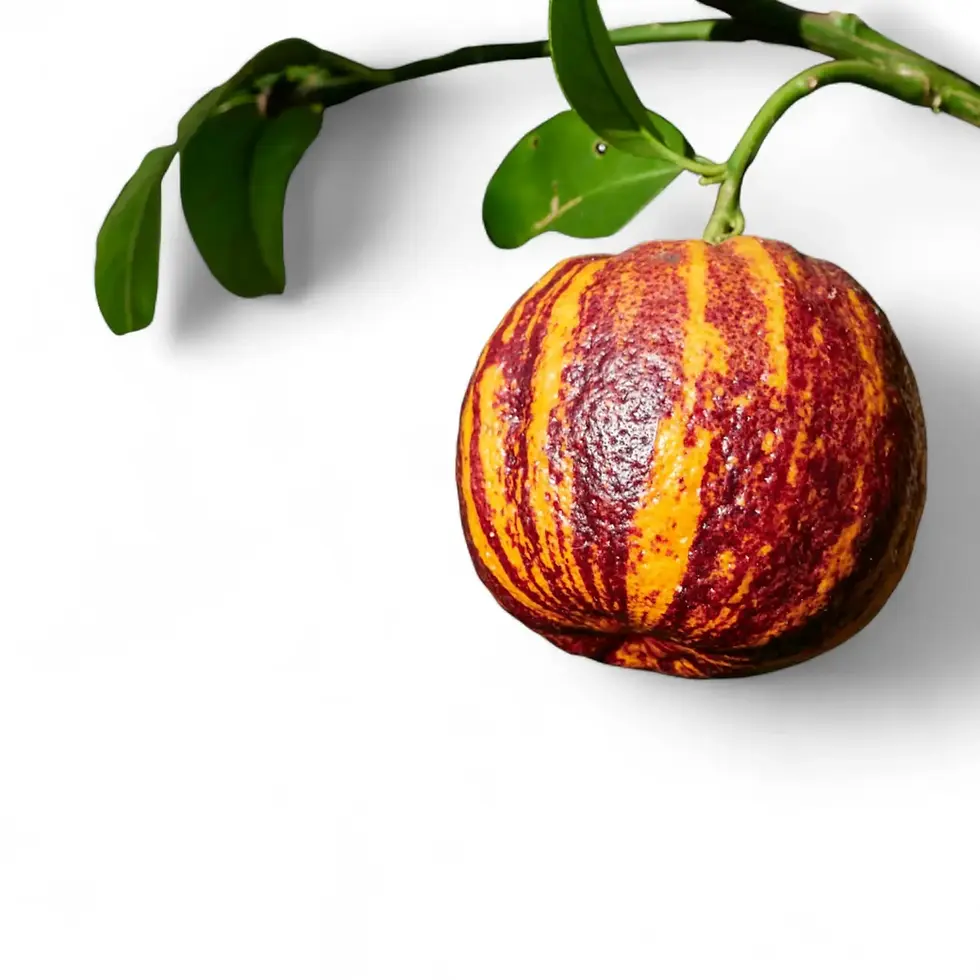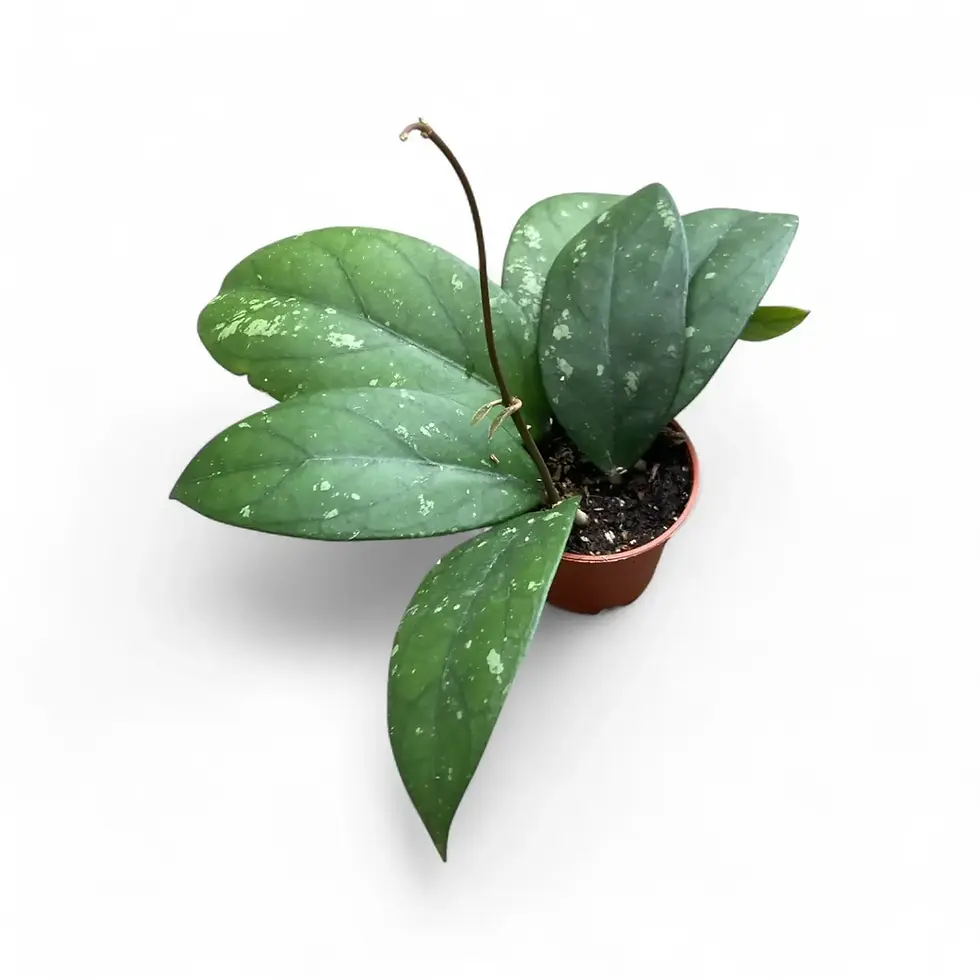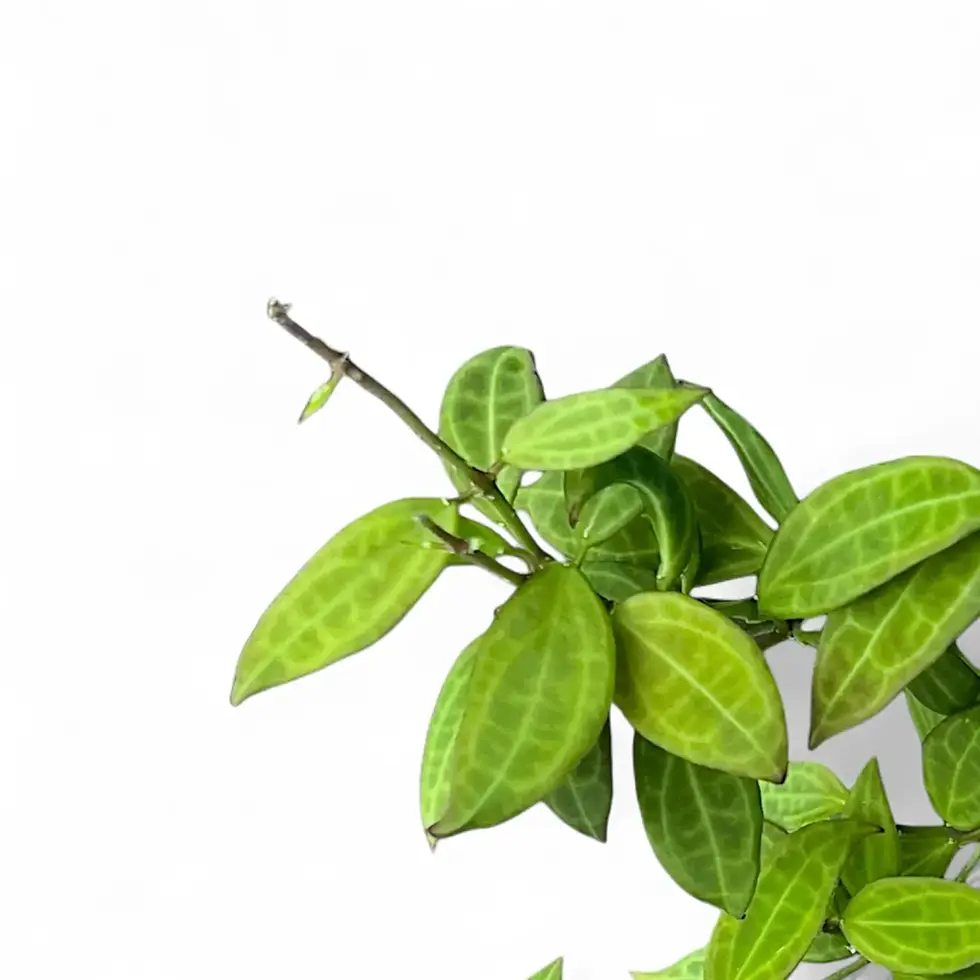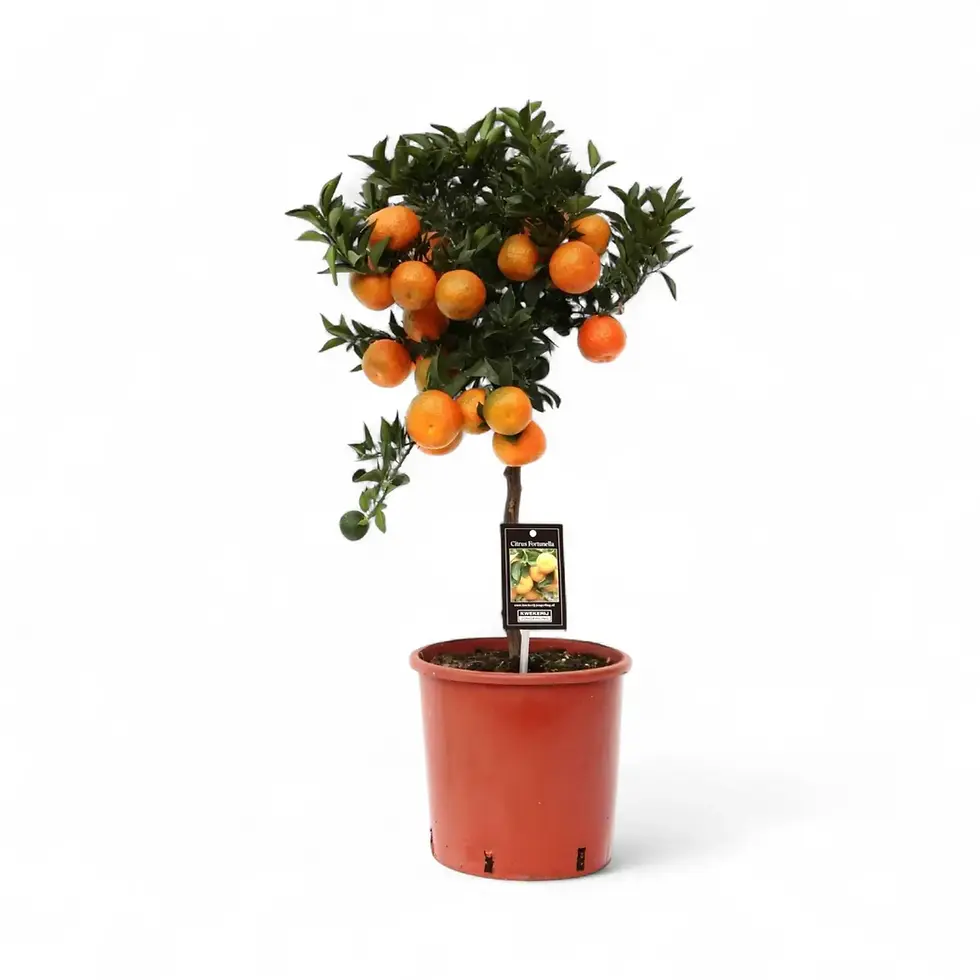Alocasia longiloba – Elegant Tropical Beauty for Indoors
Alocasia longiloba Miq. is a striking tropical plant from Southeast Asia, admired for its deeply lobed, glossy green leaves with silvery margins and contrasting deep purple undersides. Belonging to the Araceae family, this species brings lush, exotic elegance to indoor spaces while remaining relatively easy to care for when its environmental needs are met.
Key Features of Alocasia longiloba
- Foliage: Large, sagittate (arrow-shaped) leaves up to 60 cm long with bold silver veining and wavy edges.
- Color Contrast: Dark green topside with metallic sheen; undersides deep purple to maroon.
- Growth Habit: Upright, tuberous-rooted herbaceous plant reaching 60–90 cm in height indoors.
- Texture: Slightly leathery, durable foliage that holds shape well with proper care.
How to Care for Alocasia longiloba
- Light: Prefers bright, indirect light. Avoid direct sun, which can scorch leaves.
- Watering: Water when the top 10–15% of substrate are dry. Consistent moisture without waterlogging is key.
- Humidity: Maintain humidity above 70%. Use a humidifier or group plants together for best results.
- Temperature: Keep between 18–27 °C. Protect from cold drafts and rapid fluctuations.
- Soil: Use a loose, fast-draining mix containing coconut coir, perlite, and orchid bark for healthy root growth.
- Fertilization: Feed with a diluted balanced liquid fertilizer every 4–6 weeks during the active growing season.
- Repotting: Repot every 1–2 years in spring, choosing a pot with good drainage slightly wider than the root system.
- Propagation: Best propagated through rhizome division during repotting. Each division should have roots and at least one growth point.
Common Problems and Solutions for Alocasia longiloba
- Yellowing Leaves: Often due to overwatering or low light. Adjust watering practices and move to brighter conditions.
- Brown Leaf Edges: Typically a result of low humidity or excessive light exposure. Increase humidity and relocate the plant if needed.
- Drooping Leaves: Can occur from underwatering, inconsistent humidity, or sudden temperature drops.
Managing Pests and Diseases
Monitor regularly for spider mites, aphids, and scale insects. Treat infestations promptly using insecticidal soap or neem oil. Keeping humidity high and leaves clean with a damp cloth or plant dusting gloves helps prevent pest problems. Ensure good airflow and avoid overly wet conditions to prevent fungal issues.
Extra Tips for Growing Alocasia longiloba Successfully
- Use filtered or rainwater to prevent mineral buildup that can stress the roots.
- Keep the plant in a stable, warm location without frequent repositioning to avoid stress.
- Avoid misting as the primary humidity source; humidifiers are far more effective for sustained moisture levels.
Background and Etymology of Alocasia longiloba
The genus Alocasia was coined in botanical Latin to differentiate these tropical aroids from their relatives in Colocasia. The species name longiloba comes from Latin, meaning "long-lobed," a direct reference to the plant's distinctive elongated leaf lobes.
Frequently Asked Questions About Alocasia longiloba
- How often should I water Alocasia longiloba? Water when the top 10–15% of soil are dry. Keep the substrate evenly moist, but never soggy.
- Is Alocasia longiloba toxic? Yes, it contains calcium oxalate crystals that are toxic to pets and humans if ingested.
- Why are my Alocasia longiloba’s leaves turning yellow? Likely causes include overwatering, poor drainage, or low light. Adjust care conditions accordingly.
Bring Home the Tropical Elegance of Alocasia longiloba
Order your Alocasia longiloba today and enjoy the bold beauty and effortless sophistication of this tropical gem in your home!
Alocasia longiloba
Alocasia longiloba comes in a ⌀ 14 cm pot and is approximately 35 cm tall
































